Huntington
The Old Post Office and formally 'The Wych' pub, so called after a wych-elm tree that grew on the triangular sward in front of the building
Huntington is predominantly a farming community, three miles west of Kington adjoining the Welsh Border. Recorded in the Domesday Book in 1086 as Hantinetune 'the homestead of the huntsmen' it was described as a wasteland having been destroyed during the conflict between the English and the Welsh some thirty years earlier.
The site of Huntington Castle
The village has the remains of a castle that by the C13 was the defensive and administrative centre of an important manor with a resident reeve or steward. There are now about 45 dwellings, supporting a population of 80 or so. The Village Hall is used for a variety of functions including Harvest Supper, WI, dancing, table tennis, quiz nights and occasional reviews.
The Swan Inn
The start of the October Chase
The village has a pub, the Swan, which might hold a record for length of the licence held in the same family. Annually, the Huntington Chase takes place from the village with competitors on horse, bike or running race over a 10km course taking in Hergest Ridge. And surprisingly, you may think, competitors are fairly divided between the three modes of racing. The highlight of the village’s calendar is the Summer fête, established for 60 years and a highly popular event, drawing crowds from far and wide. This is a real fête!
Services are twice monthly, alternating between Holy Communion and Evening Prayer and between the Book of Common Prayer and Common Worship formats. The congregation is primarily elderly and a good attendance would be in double figures. Our organist plays for all our services. At Harvest Festival and Christmas our services are shared with the congregation of the United Reformed Church, also in the village. The Friends of St Thomas à Becket Huntington provides a means for exploring creative ways to help make the church a more vibrant centre of village life, both cultural and spiritual. In this way we also contribute to the costs of caring for our church.
Huntington's village fete has been on the third Saturday in July since 1954
St. Thomas à Becket Church
Regular worship at St. Thomas’
At Huntington there is a service of Holy Eucharist on every second Sunday and Evensong on the fourth Sunday of the month. Both of these services use the Book of Common Prayer. We are particularly fond of the familiar cadences of the traditional language but our aim is to welcome all and encourage those in our Community to join with us in thanksgiving to God.
On alternate Wednesdays we have a half hour of silence and prayer which is open to everybody. When Covid 19 allows we look forward to fellowship over a cup of tea afterwards.
The building is reputed to have been erected in the early 13th century as part of the penance of one of the murderers of Thomas à Becket in 1170 and possibly stands on the site of an earlier Saxon church. After the Reformation, Becket was no longer regarded as a saint. Nearly all churches consecrated to him were dedicated to other saints, but remote Huntington escaped the royal commissioner's notice. It is one of only four English churches still to claim Thomas à Becket as patron.
The building is Grade II* listed. By 1890, it had become dilapidated and largely through the generosity of Lady Arabella Romilly of Huntington Park, it was restored with screen and remodelled chancel. With its ancient oak pews and pleasing, more modern stained glass by the much acclaimed Henry Payne, it appeals strongly to worshippers and visitors as witnessed by comments in the visitors’ book.
The church seats seventy and is open all day. There is a well-supplied table of cards, guides and Parish information. The building is in good order and the organ has recently undergone a substantial upgrade. It was originally built by the Positive Organ Company of London which produced a considerable number of small instruments. The firm was founded by Thomas Casson (1842-1910) of Denbigh, a banker turned organ builder whose ideas of organ specifications were advanced for the time. The churchyard follows a maintenance plan drawn up with Caring For God’s Acre. Please look at our website: http://www.huntingtonchurch.co.uk/stthomas-a-becket-church/
Click below to scroll through pictures of the church

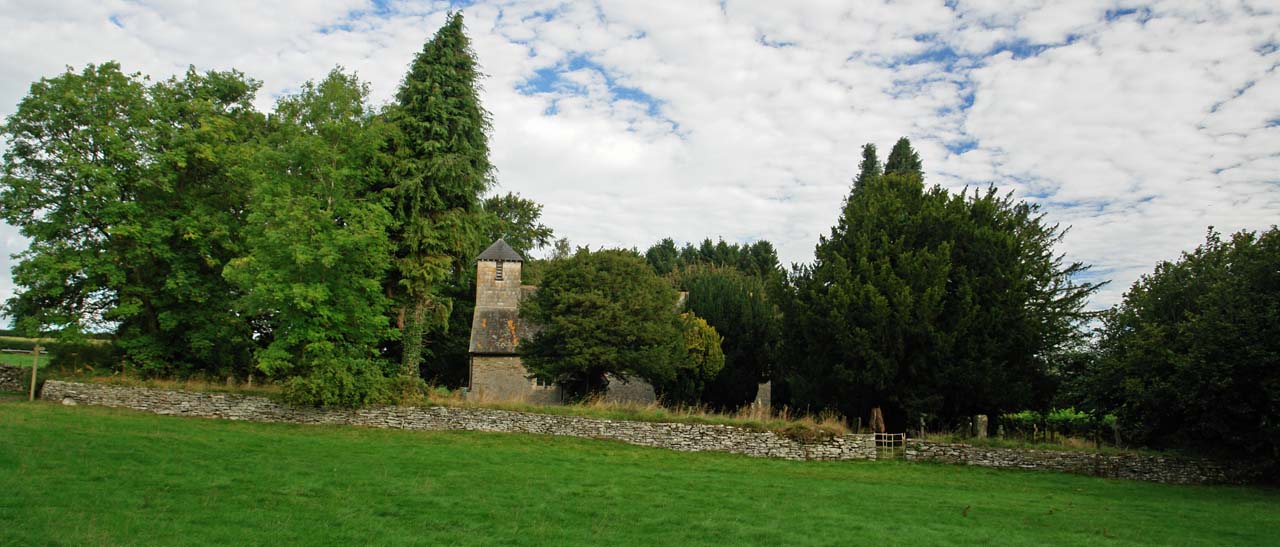

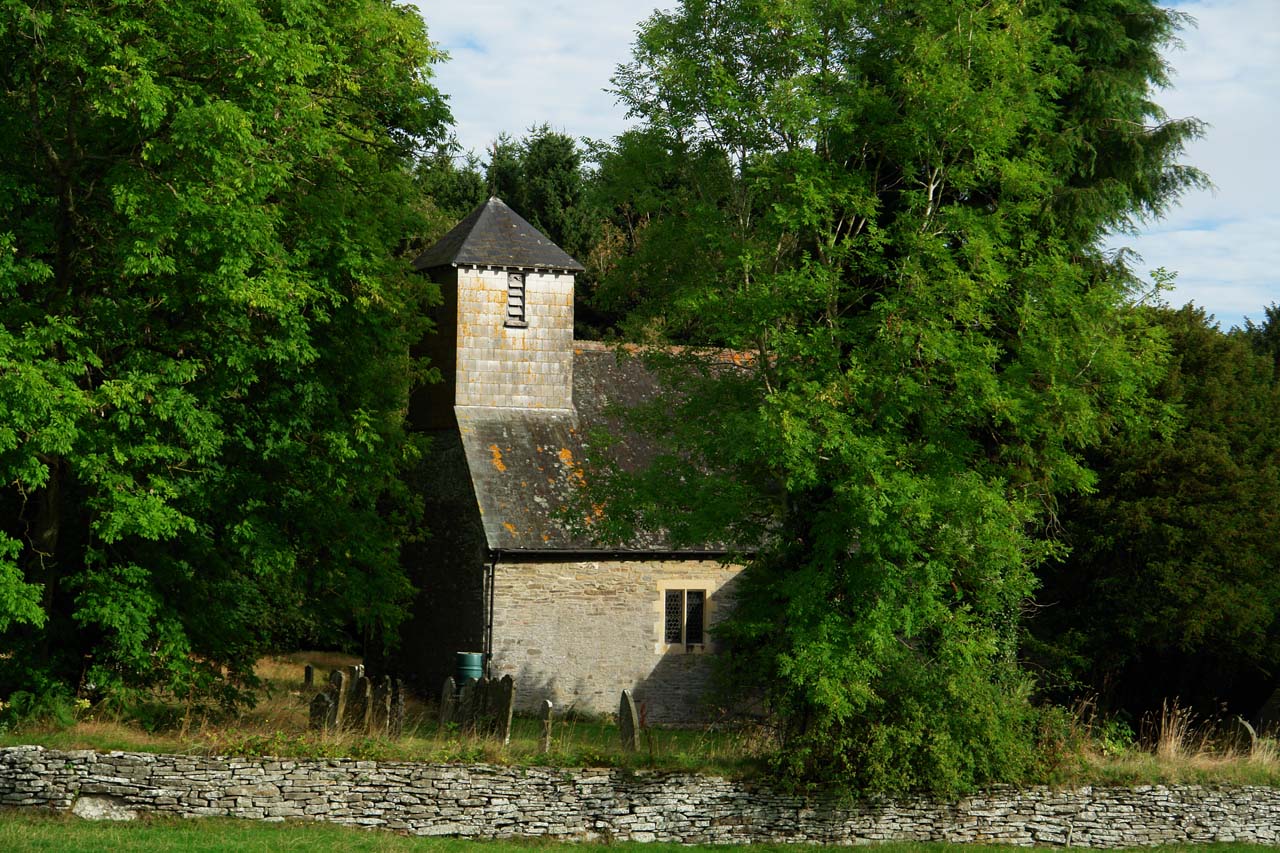
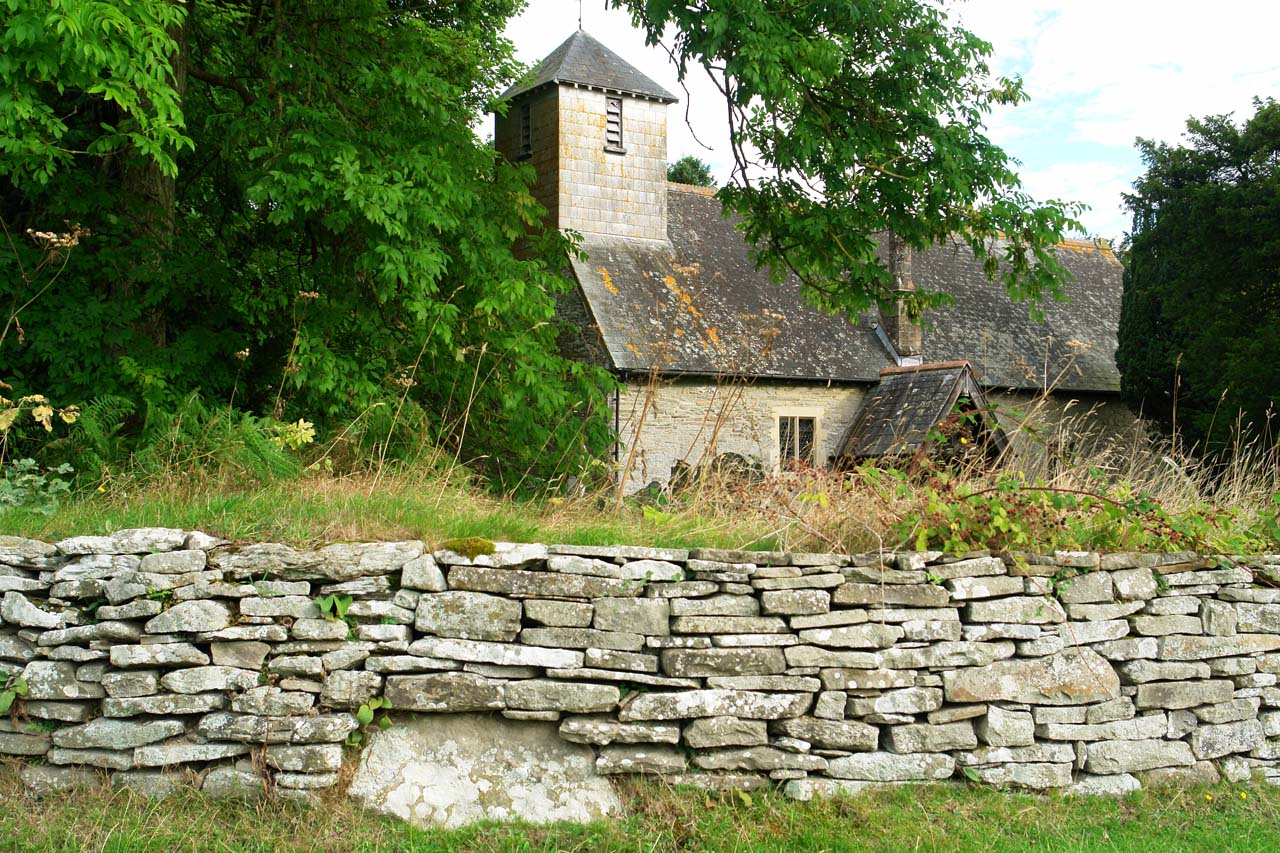
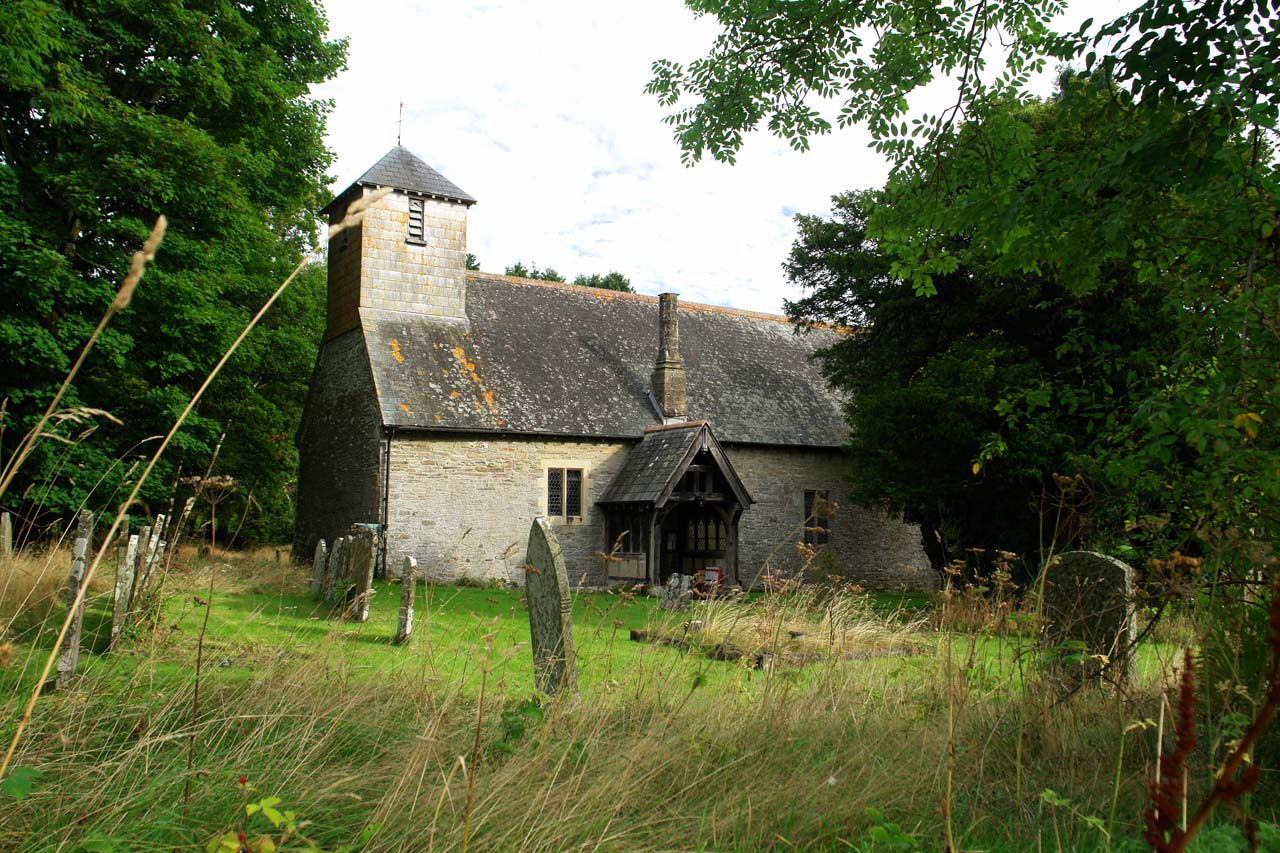
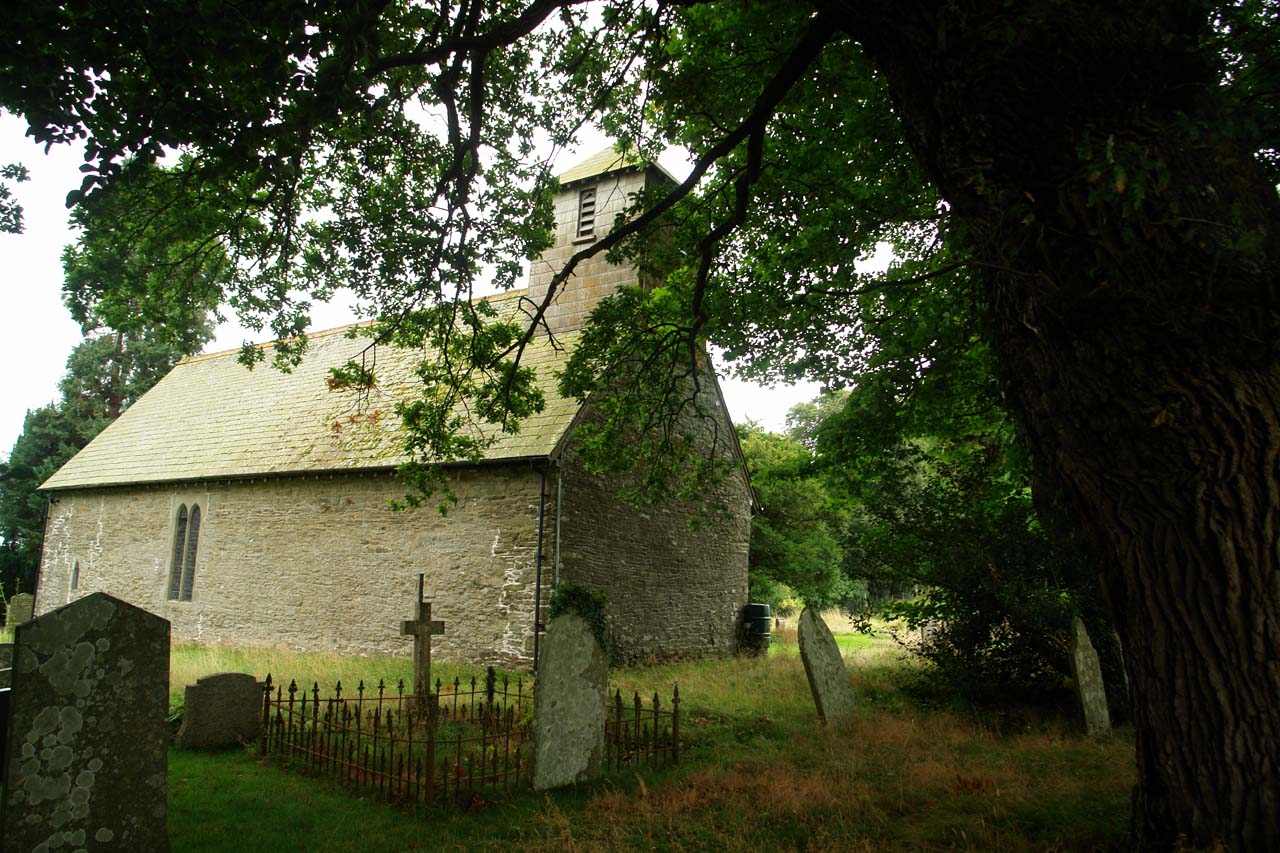
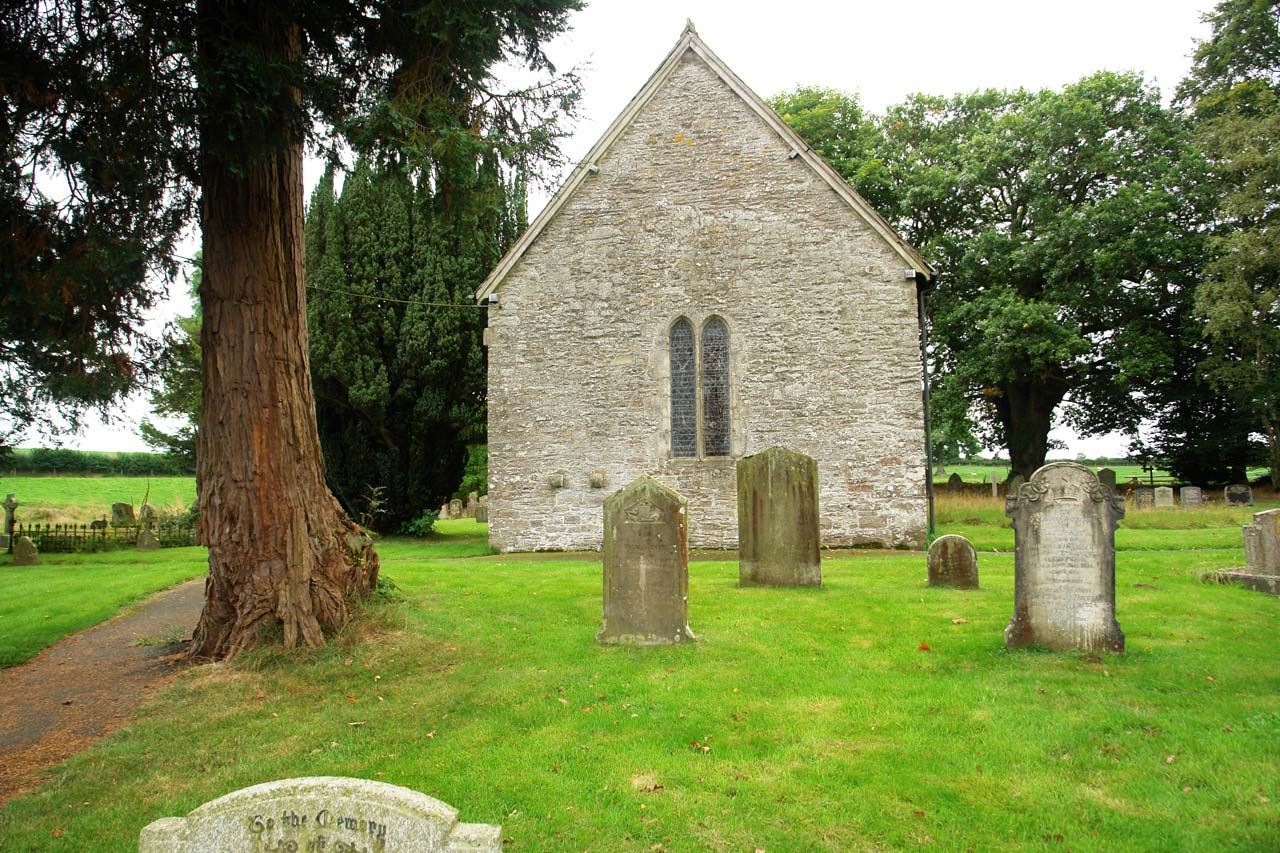

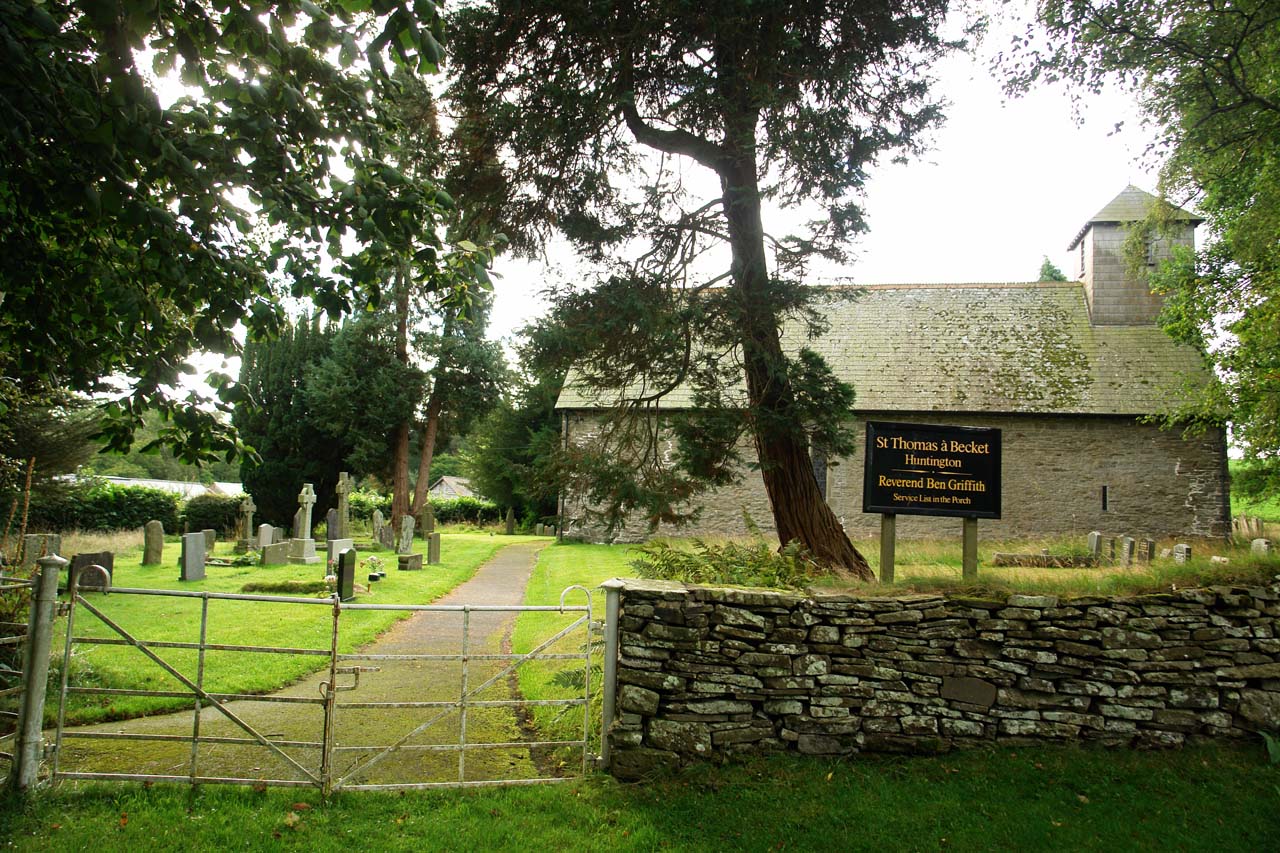
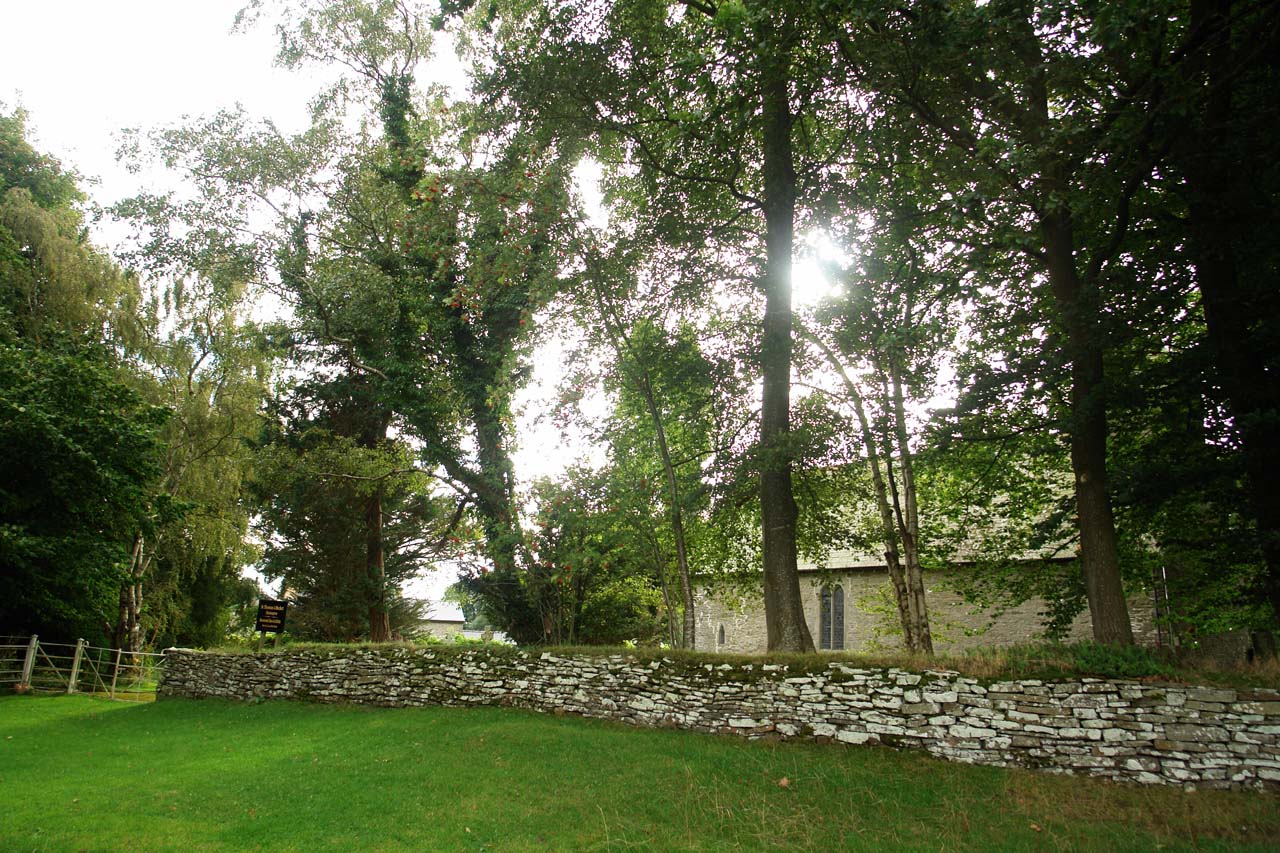
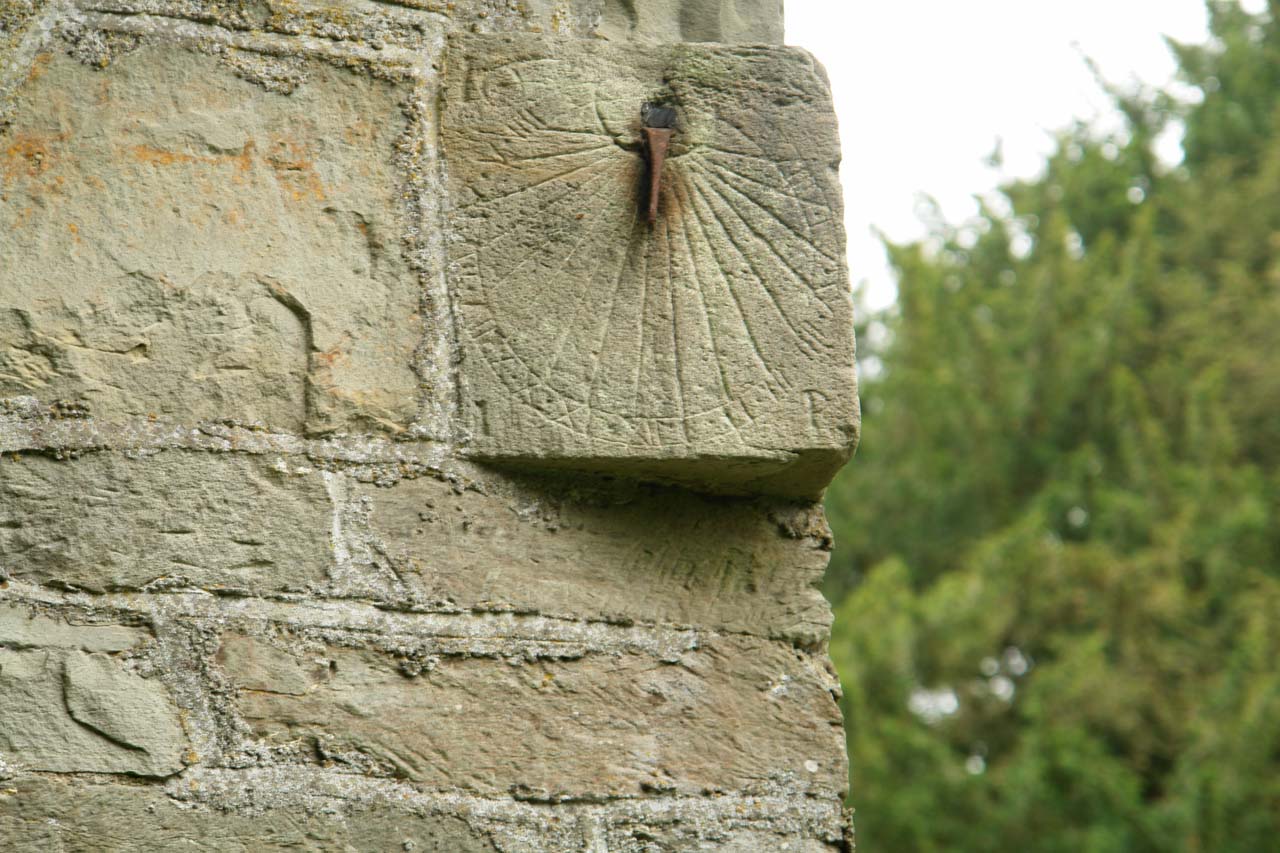
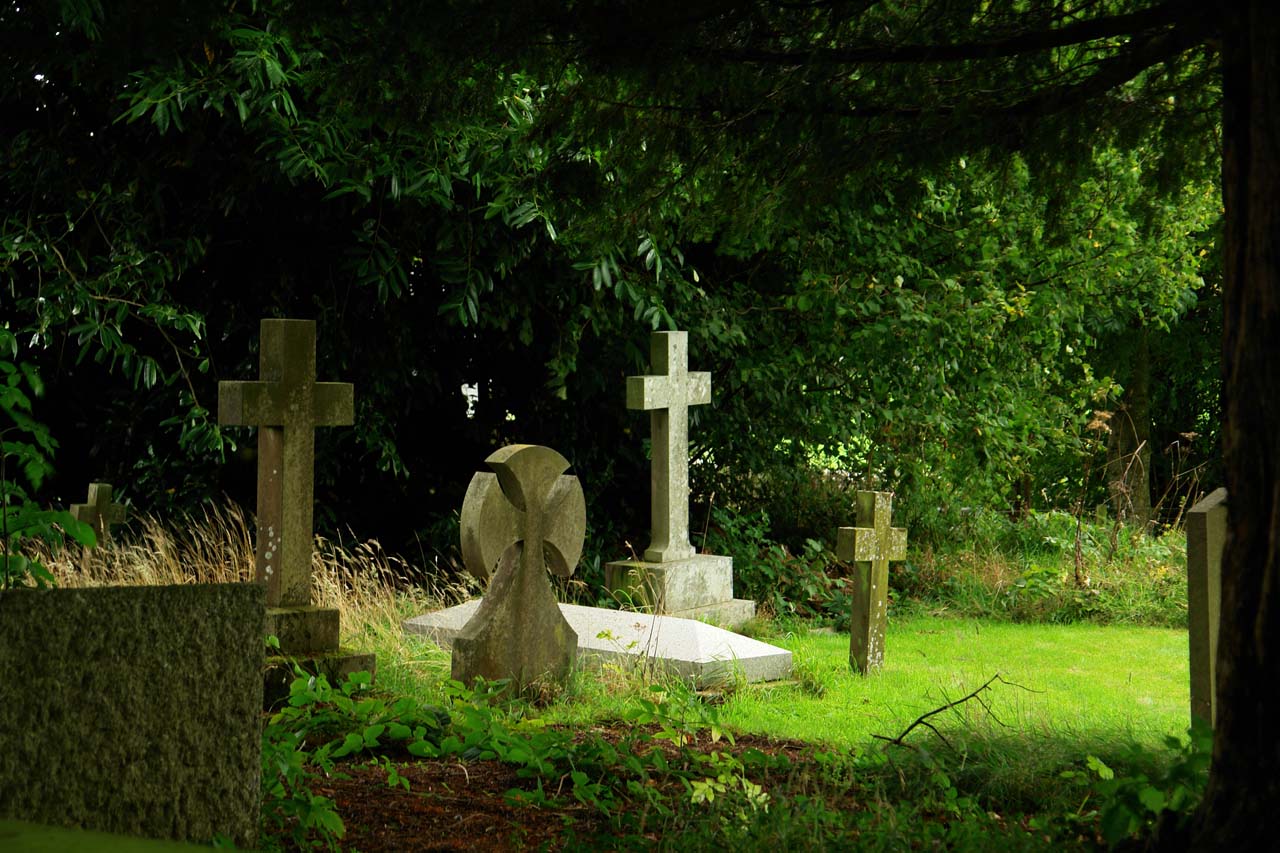
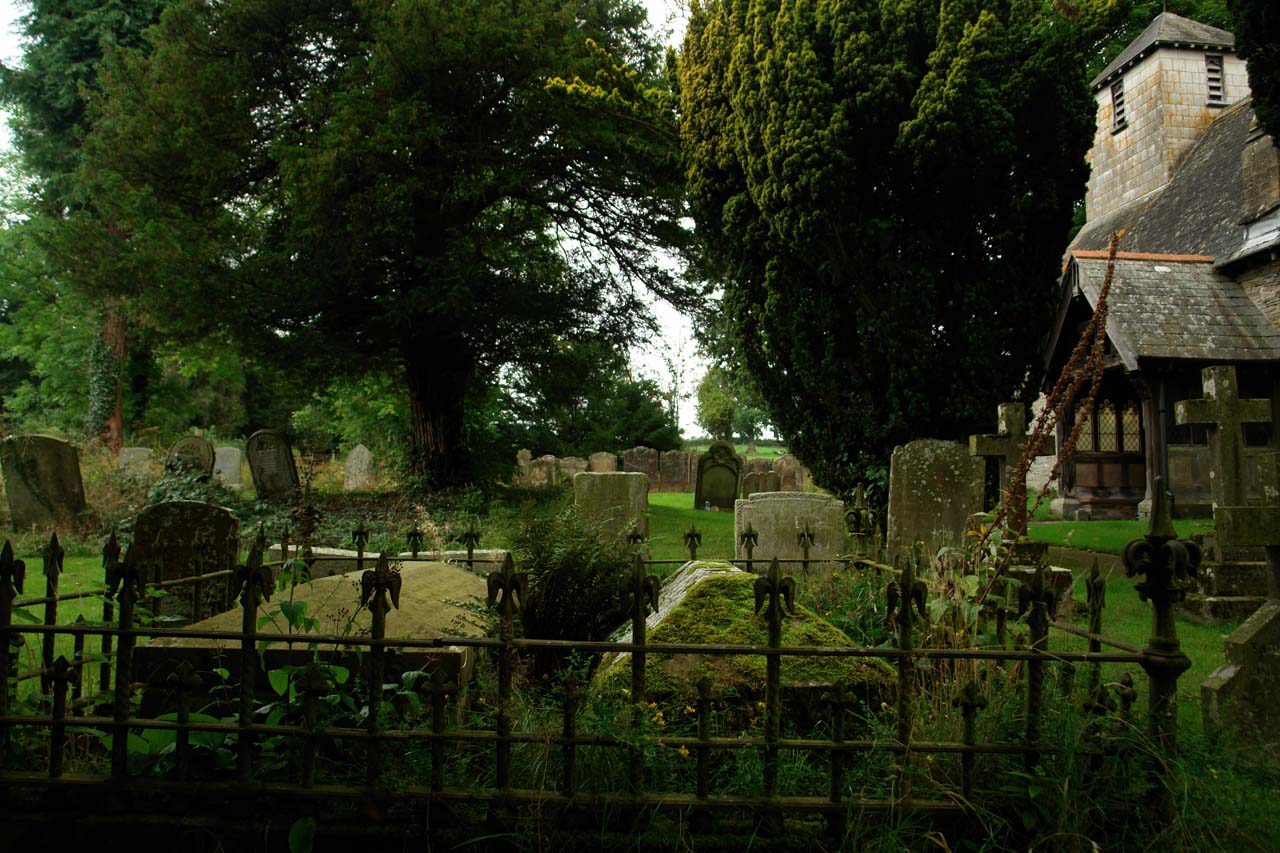
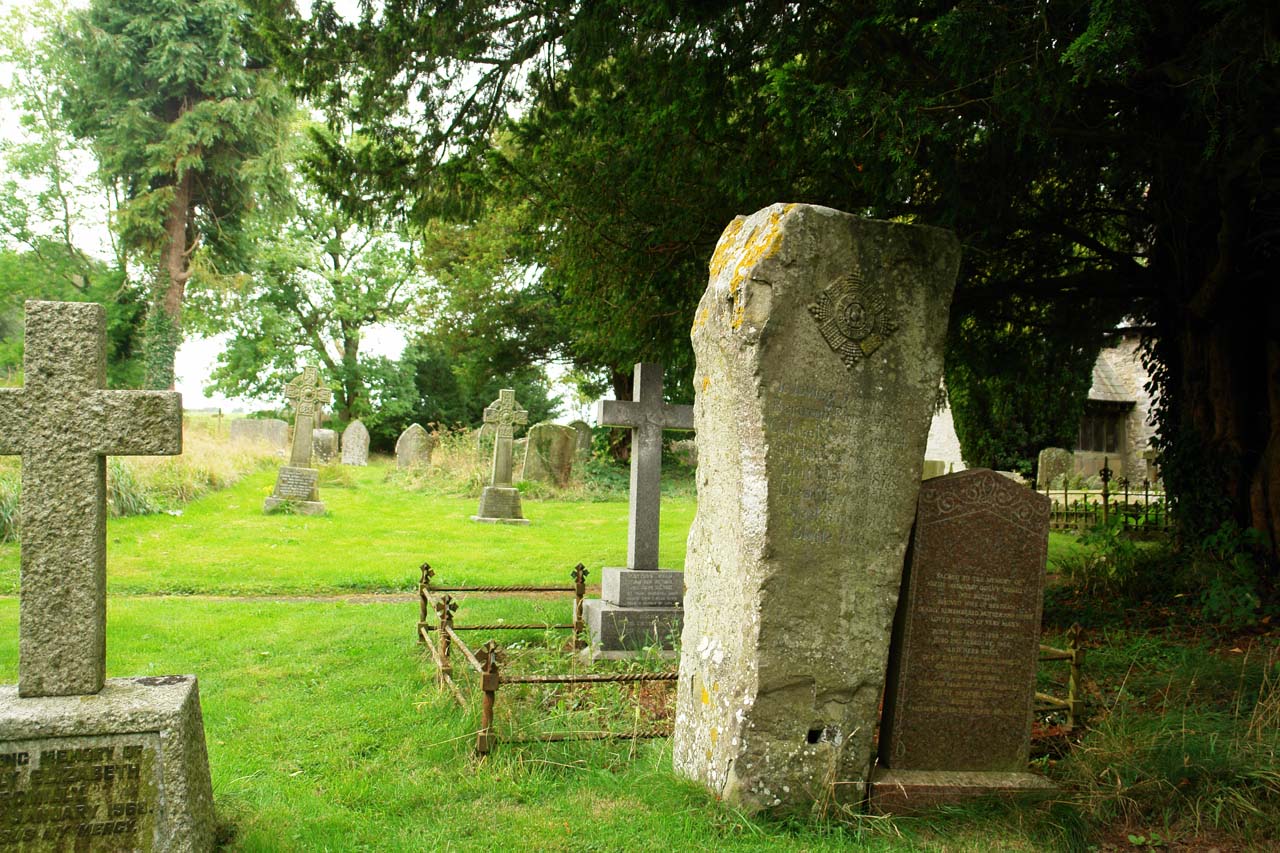


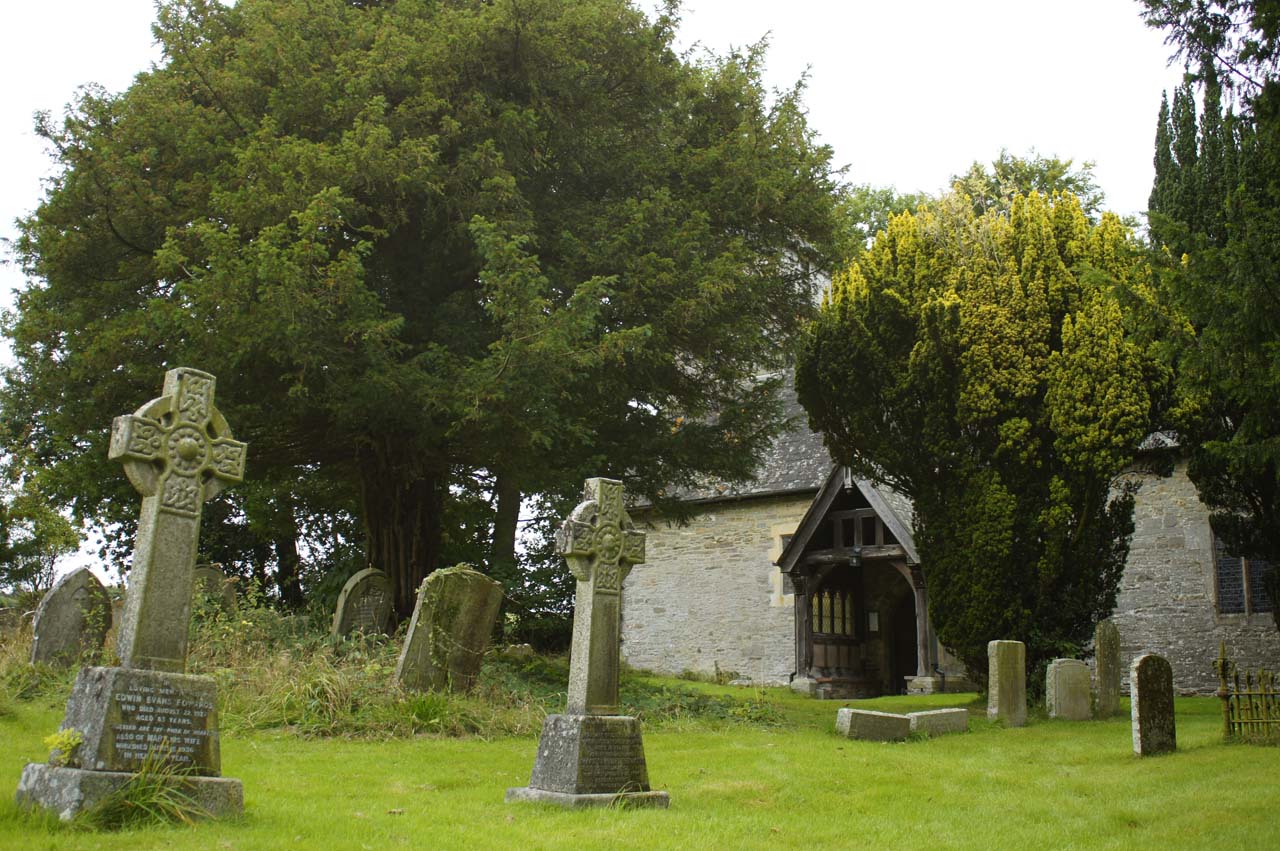
Inside St Thomas à Becket Church
Altar and rood screen
Nave. The north wall (left) is the oldest part of the church and dates back to the thirteenth century
The vestry at back with font in the foreground on the left
Roughly carved trefoil ended pews on the north side of the nave
Altar window (Henry Payne), 'To The Memory of All Good Mothers'
South window (Henry Payne), 'Suffer the Little Children...'
North window (Henry Payne), 'St. Francis of Assisi'













